Yecla is the northernmost municipality among the 45 which comprise the Region of Murcia and one of the largest, occupying an area of just over 600 square kilometres. Just under 35,000 people live in this mostly rural area, the vast majority in the city of Yecla itself: the only outlying district for administrative purposes is Raspay, over 20 kilometres south of the town.
{image3}Far better known, though, are the cave paintings in Monte Arabí, some of which were created 10,000 years ago. The paintings are part of a UNESCO World Heritage Site, and dating from the Bronze Age is the fortified settlement of El Arabilejo, where mysterious carvings in the rock continue to fascinate archaeologists and anthropologists.
The Iberians are known to have lived in El Pulpillo and on the hill where the castle later stood, and during the occupation of Spain by the Romans the site at Los Torrejones was an important administrative centre.
The beginnings of the city of Yecla as a stable settlement date from the end of the 11th century, when the Yakka castle was built by the Almohad caliphate. When the Moors were thrown out of Murcia in the 13th century the town centre of Yecla was moved to the northern side of the hill, and under the rule of the Marquis of Villena Yecla flourished.
{image6}In the 19th century Yecla once again expanded, becoming comparable to the town of today, with an economy based not only on agriculture but also on furniture (made from the pine trees which flourish in this area) and viniculture: the local wines were awarded Denomination of Origin status in 1975, and wine tourism is now a major attraction for visitors.
{image7}The legacy of this long history includes various churches, the remains of the Moorish castle and of course the prehistoric sites, and Yecla’s archaeological museum, named after Cayetano de Mergelina, is one of the recommended ports of call for visitors. The most emblematic building in Yecla is the grandiose Basílica de la Purísima, with its striking blue dome and sculptures by Francisco Salzillo inside, but the city centre also includes older churches and the attractive Plaza Mayor. Here the 16th century Town Hall stands alongside the Renaissance Casa de los Alarcos, the clock tower and the old grain store, while a representative of the prosperity of Yecla in the late 19th century is the Teatro Concha Segura in the Plaza de la Constitución.
Another of the attractions of Yecla is the countryside. A series of mountain ranges run from the north-east to the south-west, reaching 1,238 metres above sea level in the Sierra de Salinas, and in between are the high plateaux where agriculture has prospered.
{image3}The winters in this upland setting are far colder than on the Mediterranean coast 75 kilometres away, and the gastronomy has developed to suit the climate. Rich stews and filling food are the order of the day, from the local version of gazpacho (based on game and snails) to large meatballs and various desserts, and of course a glass of wine to accompany them!
Like every other municipality in the Region of Murcia, Yecla offers a warm welcome to visitors all year round, but especially during the local fiestas. These include the Fiestas Patronales in December, San Blas in February, San Isidro in May and the September fair, when the annual furniture fair has also been held since 1962.
Where is Yecla? CLICK HERE


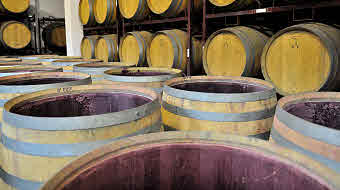
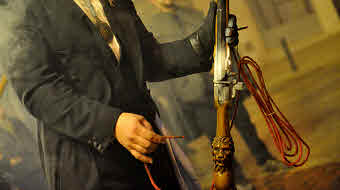
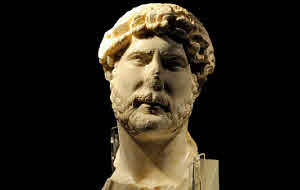
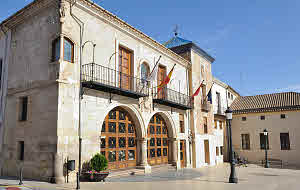
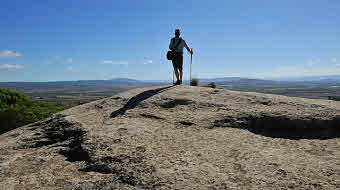
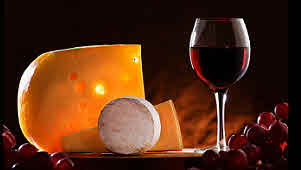
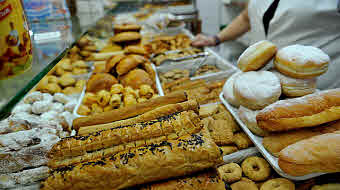
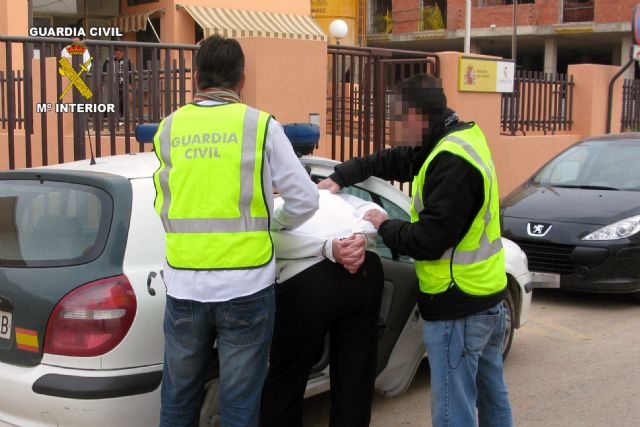
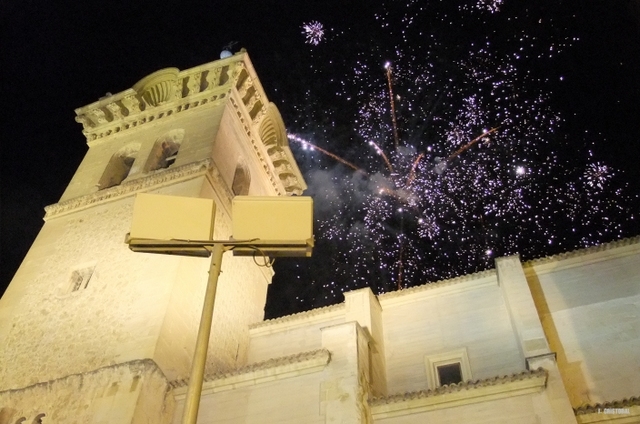 Without a doubt Yecla is best known today for its wines and furniture, but it also has a wide historical, cultural and natural heritage, and in many ways an identity quite different from the more coastal areas of the Region of Murcia. For this reason it is often grouped together with its neighbour and fellow wine-producing area Jumilla as part of the Altiplano area.
Without a doubt Yecla is best known today for its wines and furniture, but it also has a wide historical, cultural and natural heritage, and in many ways an identity quite different from the more coastal areas of the Region of Murcia. For this reason it is often grouped together with its neighbour and fellow wine-producing area Jumilla as part of the Altiplano area.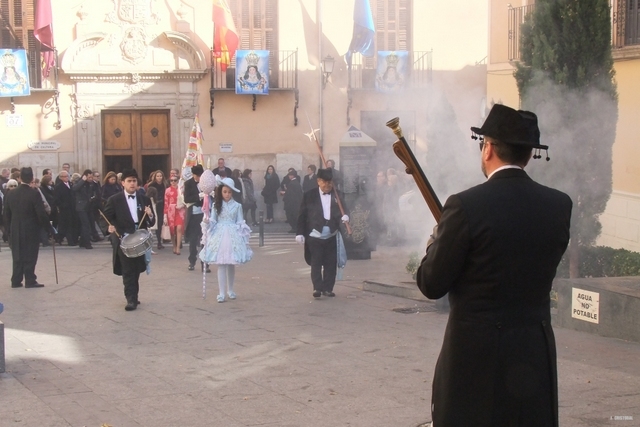 Humans lived in the north of modern-day Yecla long before recorded history, and the first flint tools found in the municipality date from 30,000 years ago.
Humans lived in the north of modern-day Yecla long before recorded history, and the first flint tools found in the municipality date from 30,000 years ago.